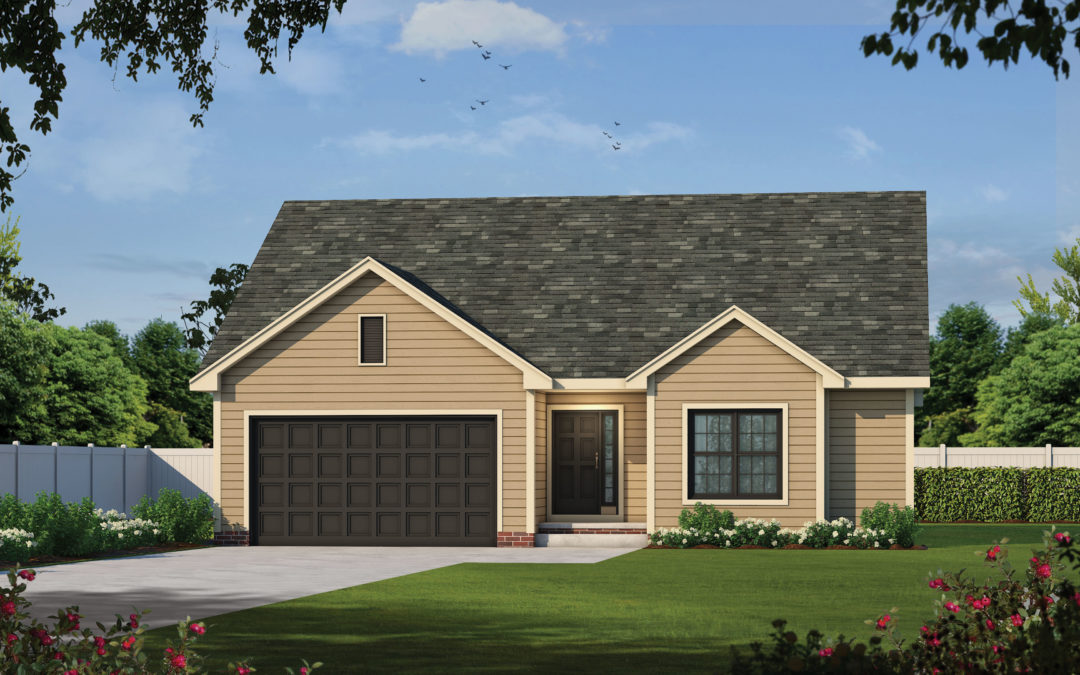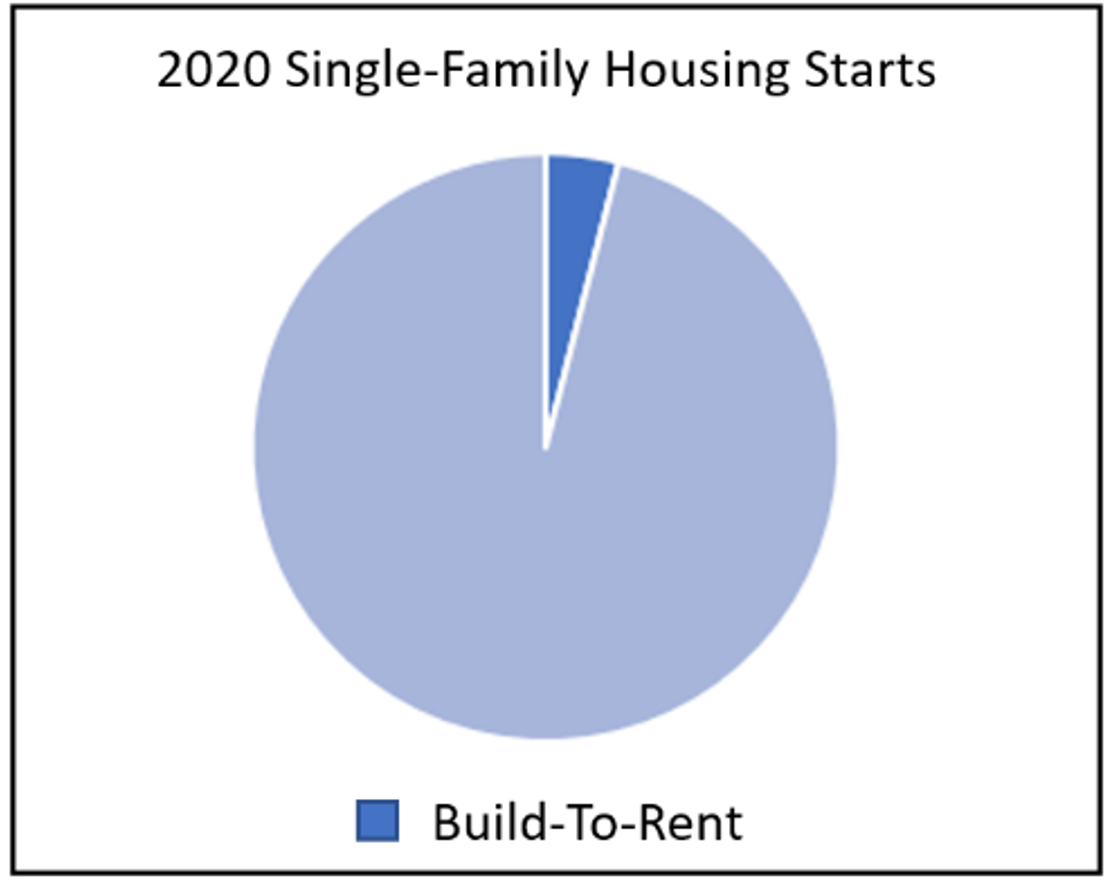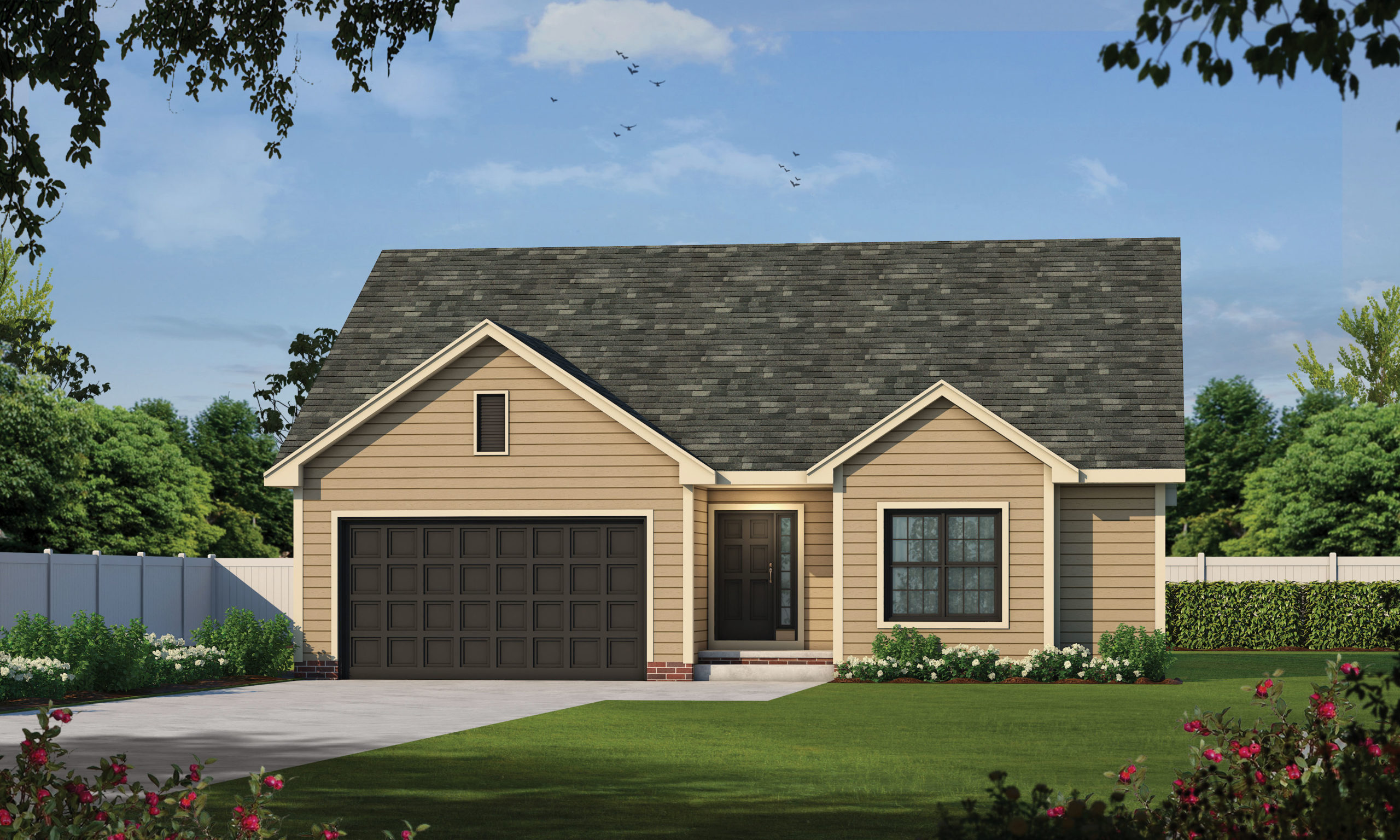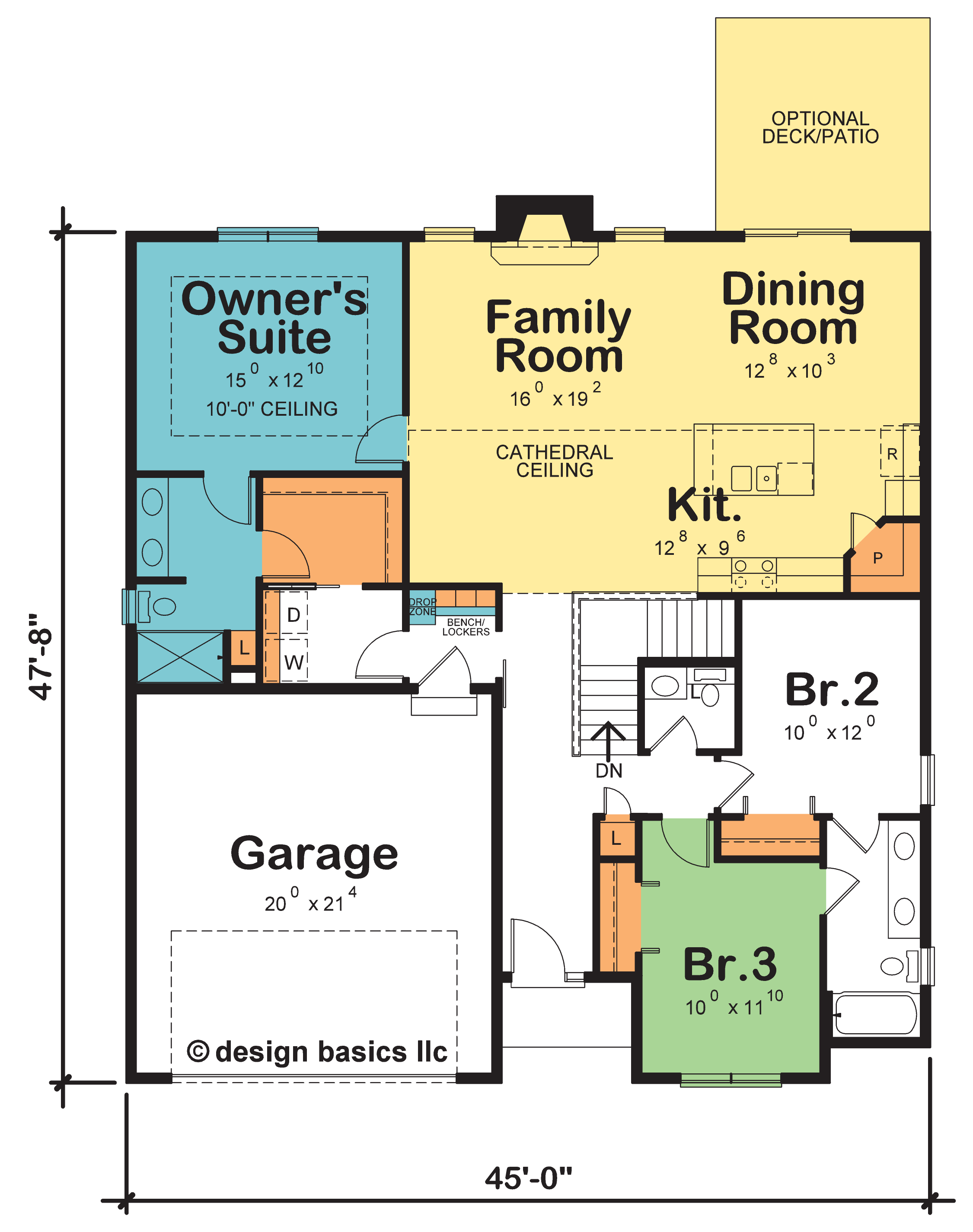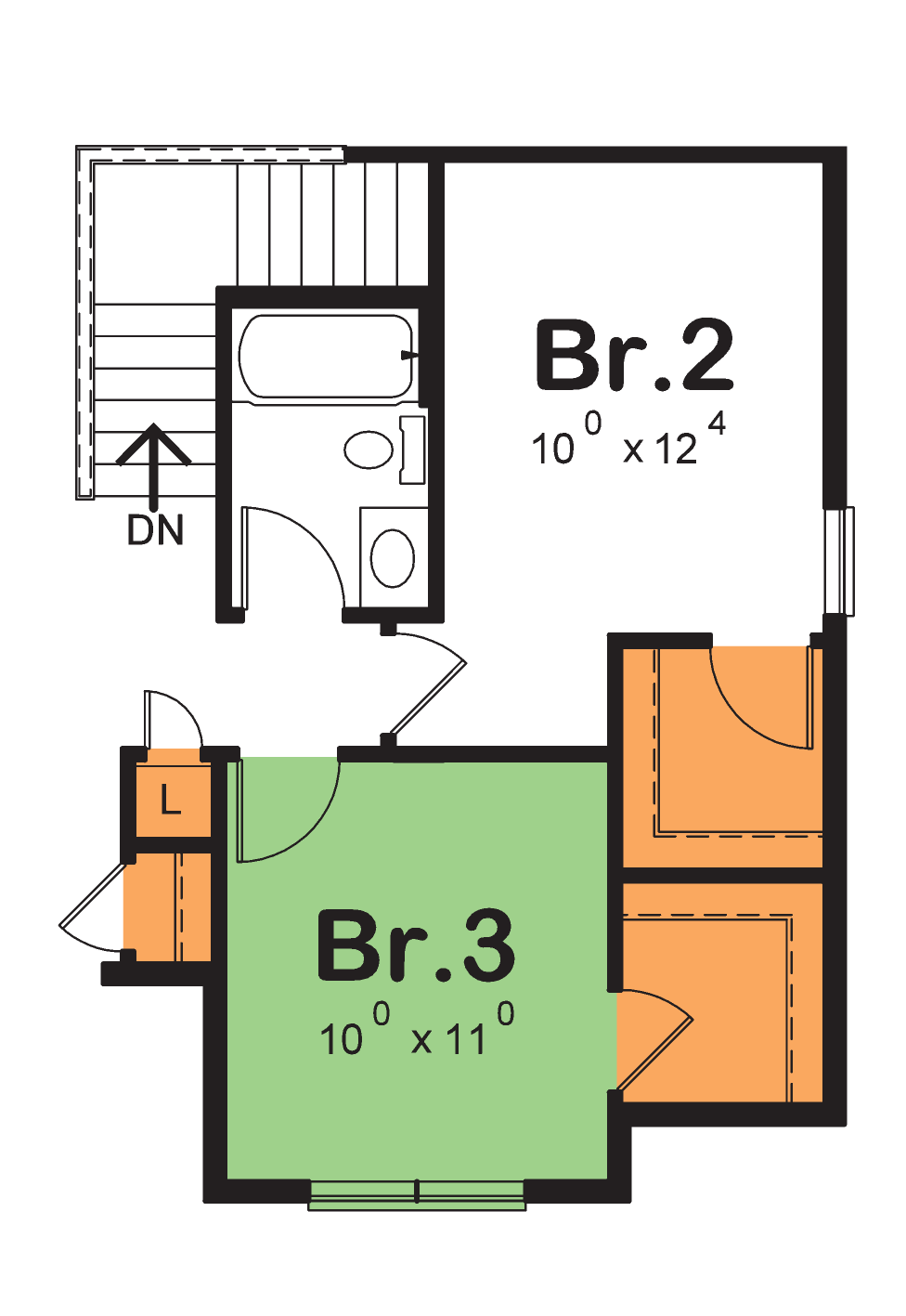Did you know more rental residents live in single-family homes than in apartments, according to the National Multifamily Housing Council? Historically, real estate investors would buy houses and turn them into rental properties. Those houses, scattered throughout communities, often have “mom and pop” landlords. But now, a significant trend has emerged – building brand new homes, often entire neighborhoods of brand-new homes, expressly to rent the houses.
Built-to-Rent (BTR) accounted for 49,000 housing starts in 2020, according to the Census Bureau and Harvard University’s Joint Center for Housing Studies. The players include local home builders building and managing their portfolio of rental properties; land developers designing and managing new rental home neighborhoods wherein they hire local builders to construct the homes; and investors collaborating with both developers and builders to create communities of rental homes under professional management. Further fueling this movement, national (single-family) builders and large multi-family (e.g., apartment) builders, have entered the BTR market.
As opposed to individual infill BTR opportunities, Build-to-Rent neighborhoods typically offer amenities on par with what new home buyers find in comparable for-sale communities. Such amenities, coupled with the desire for more space, attached garages, and no overhead neighbors, are attracting a cross-section of households. Childless renters are more found in multifamily dwellings, whereas families with children are much more likely to rent single-family homes. The realities COVID-19 ushered in for working from home liberated many people from the necessity to work in traditional office buildings. And the idea of leasing, paying for the use of (rather than owning) “new” made popular in automotive circles, has become a mindset for many
The 1642 sq. ft. Teglia Place is an efficient BTR design with amenities including its rear foyer entry and laundry connection to the Suite
Economics plays a key factor in the viability of BTR neighborhoods. While new for-sale homes come in all sizes and price points, there is a much more defined ceiling in terms of what most renters can afford. Currently, value-engineered, three-bedroom homes, approximately 2,000 square feet or less are most popular for BTR, and typically 45-feet wide or narrower. Buyers and renters alike are attracted to many of the same home design features and solutions. But interestingly, product selections differ somewhat in BTR houses. Exterior products, from roofing to siding to decks, as well as interior choices of flooring and other surfaces are looked at with an eye towards both increased longevity and lower maintenance in new BTR homes.
In our next newsletter, we dive into why renters prefer new BTR homes, followed by part 3 of this series, BTR advantages for home builders.
-
For more resources on thoughtful design:
- Visit our blog
- Browse selected B2R housepPlans
- Thoughtful Design Concepts
Photo: <a href=’https://www.freepik.com/photos/people’>People photo created by yanalya – www.freepik.com</a>
